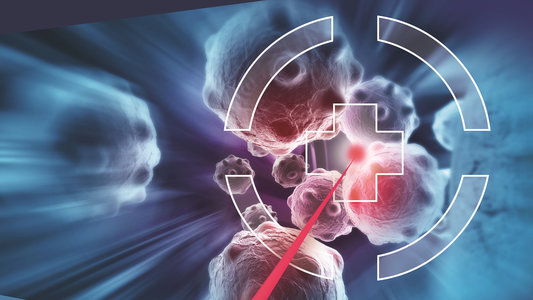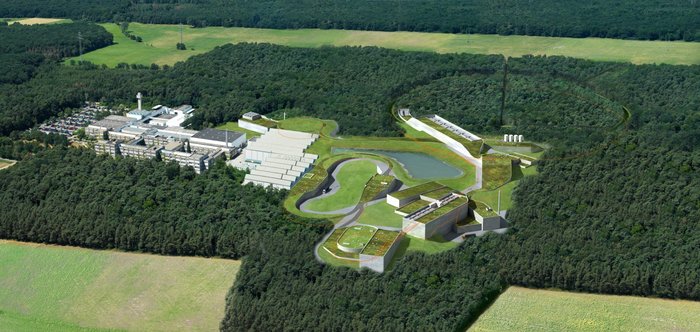OMA Project

4 M€ Funding Awarded to Medical Accelerators Network
Cancer is a major health problem and it is the main cause of death between the ages of 45 - 65. Although significant progress has been made in the use of particle beams for cancer treatment, extensive research is still needed to maximize healthcare benefits. Improving ion beam therapy for enhanced cancer treatment is the goal of a new European research and training network that will focus on the Optimization of Medical Accelerators (OMA).
The OMA project joins 24 institutions from all across Europe and will be coordinated by the Cockcroft Institute in the UK during its 4 year duration. The consortium has been awarded almost 4 M€ by the European Commission to train 15 Early Stage Researchers and carry out a cutting edge R&D program into treatment facility design, numerical simulations for the development of advanced therapies, and novel imaging techniques.

Prof. Carsten P. Welsch, Head of the Liverpool Accelerator Physics Group, initiated and will coordinate the network. He said: “The field of particle therapy has steadily developed over the last 6 decades, first in physics laboratories, and starting in the late 90’s in dedicated clinical installations. By March 2013 about 110,000 people had received treatment with particle beams, the vast majority having been treated with protons and around 15,000 patients with heavier ions such as helium, carbon, neon, and argon.”
“OMA will push the limits in treatment facility design, imaging techniques and treatment optimization through advanced numerical studies. A network of European universities, research centers, clinical facilities and industry partners with outstanding expertise in this area will jointly develop advanced schemes to assure the best possible cancer care for patients.”
Competition for receiving such funding is extremely high with average success rates of the order of only 5%. Moreover, OMA is the first and only EU network that has ever received a final evaluation mark of 100%, amongst thousands of proposals that have been submitted to date.
Prof. Welsch adds: “I am absolutely delighted about this fantastic result. In close collaboration with our project partners we will provide a broad and interdisciplinary training program to our Fellows to develop them into outstanding researchers. We will also organize many events for the wider research community to stimulate knowledge exchange and generate a lasting impact.

GSI operates a worldwide unique large-scale accelerator facility for heavy ions and currently employs about 1.350 people. The cancer therapy with scanned carbon ion beams was developed and brought to clinical reality during a pilot project including 440 patients at GSI. With patient treatment moved to the Heidelberg Ion Beam Therapy Centre, research activities continue to thrive in the GSI Biophysics department, ranging from basic radiobiology to translational biological modelling, treatment planning and motion mitigation strategies.
At GSI, a proton microscope has been commissioned recently. This device uses relativistic proton beams to produce radiographic images of matter with unprecedented spatial resolution and speed. Whereas this device was originally developed for the study of explosive driven dynamic events it can also be used to produce images of human-sized objects. Within OMA, the microscope will be applied in cancer therapy, by measuring particle ranges through the patient in the target area, both in 2D and 3D, for use in particle therapy planning. Exact range information is essential for the positioning of Bragg peaks in the tumour. In addition, the microscope will be used for image-guided therapy with the relativistic beam, by exploiting the treatment beam both for therapy and, after passing through the patient, for imaging. Within the project, these concepts will be developed theoretically and validated experimentally in a research setting, before moving on to preclinical studies evaluating its efficacy for cancer therapy.
To find out more about OMA, visit: https://www.oma-project.eu

This project has received funding from the European Union’s Horizon 2020 research and
innovation programme under the Marie Skłodowska-Curie grant agreement No 675265.



